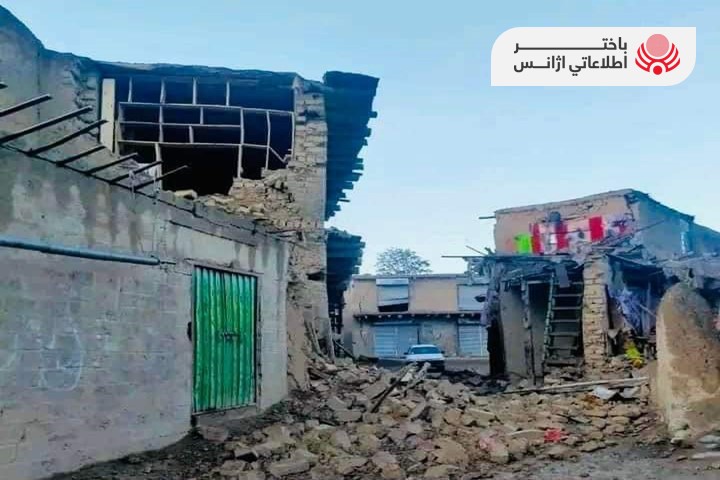Afghanistan’s earthquake: A new layer to a complex crisis

The 5.9-magnitude earthquake that hit Afghanistan in the middle of the night on June 22, 2022, is yet another tragedy to befall the nation of 40 million people. The rural, remote mountainous provinces of Paktika and Khost were at the epicenter of a quake that has left more than 1,000 people dead. Many more sustained injuries, lost homes and assets, and are again displaced in a country too familiar with cyclical displacement.
A temblor of this intensity would have brought destruction wherever it presented. In Afghanistan, a nation already struggling with a crumbling economy, hunger, drought, insecurity and underdevelopment, the devastation is exponential. Share on X
In August 2021, after the Afghan government fell to the Taliban, a generous outpouring of assistance for Afghans supported a non-combatant evacuation. The Afghans who remain continue to need our solidarity and support.
A layered crisis
Currently, more than half of the population, 24.4 million Afghans, are in need of humanitarian assistance, and a tenth is displaced internally. FAO-WFP’s latest Hunger Hotspots report lists Afghanistan as a country of highest concern, having populations already in catastrophic conditions and at risk of deterioration against the Integrated Food Security Phase Classification system.
The reverberations of the cuts in international assistance since the Taliban takeover and the freezing of foreign exchange reserves have resulted in communities falling further into poverty.
The Center for Disaster Philanthropy is monitoring the situation and advises that foundations, corporations and individual donors explore helping in the following ways:
Keep humanity at the center
There is no denying that humanitarian assistance will not remedy all that ails Afghanistan. The pathway to peace and development requires leadership and action on political and economic issues.
In Afghanistan, the concurrence of multiple disasters is an exacerbation amid limited resources. It is straining coping mechanisms and creating devastating ripple effects across health, economic and social indicators.
The reality, right now, is that millions of Afghans are dependent on humanitarian aid for their very survival. Together, we can ease this burden.
Provide flexible and multi-year funding
As with any complex humanitarian emergency, the situation for the affected people can be lost within the noise of political positioning and competing demands.
Provide funding that allows national and international nonprofits working with affected Afghans to listen and respond to the needs and solutions presented by the community themselves. Share on X
Stay informed and take the long view
The immense scale of needs calls us to stay engaged in the well-being of the people of Afghanistan. We must advocate for humanitarian funding and urge the UN and governments to support Afghanistan to find solutions toward peace and prosperity.
Stay informed via CDP’s disaster profile on the 2022 Afghanistan Earthquake.
The CDP Global Recovery Fund allocates your donation to where it is needed most to address medium- to long-term recovery from sudden on-set disasters or protracted humanitarian emergencies. Learn how your donation to the Fund could make a difference to communities devastated by the 2022 Afghanistan Earthquake.
And register now for the “Afghanistan’s earthquake: When a disaster meets a humanitarian crisis” webinar on July 7 at 12 p.m. ET/11 a.m. CT to explore the impact of the Afghanistan earthquake within a country already struggling with compounded humanitarian crises and how funders can support relief and recovery efforts.
